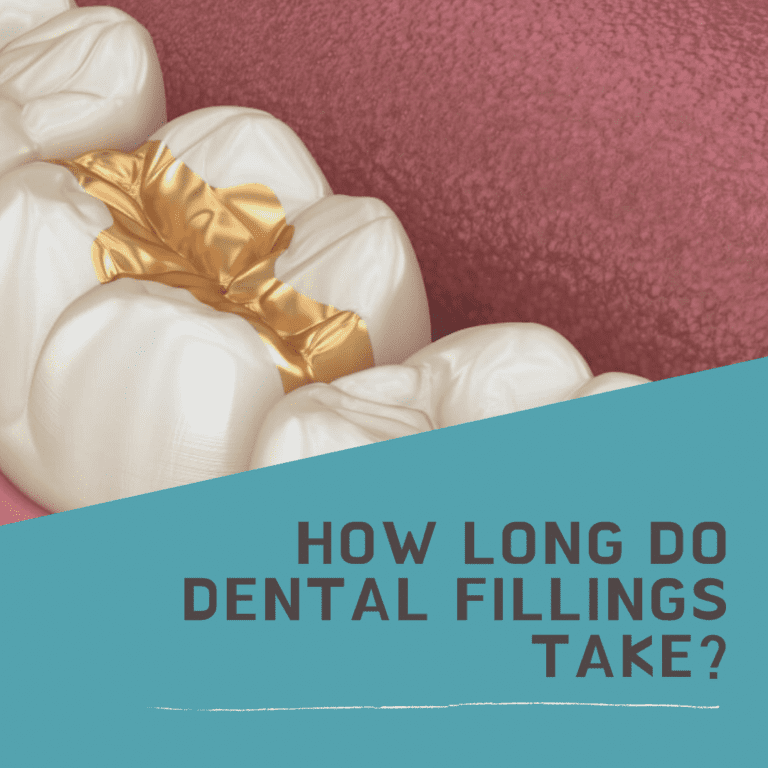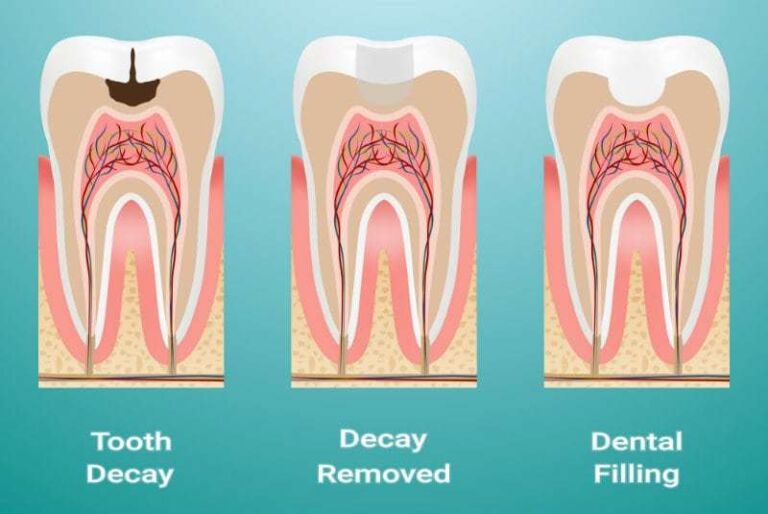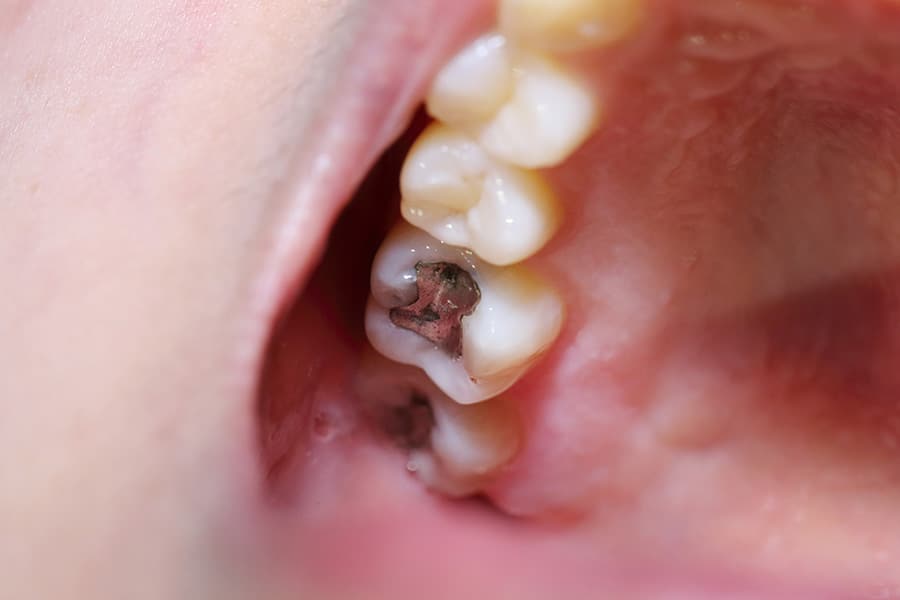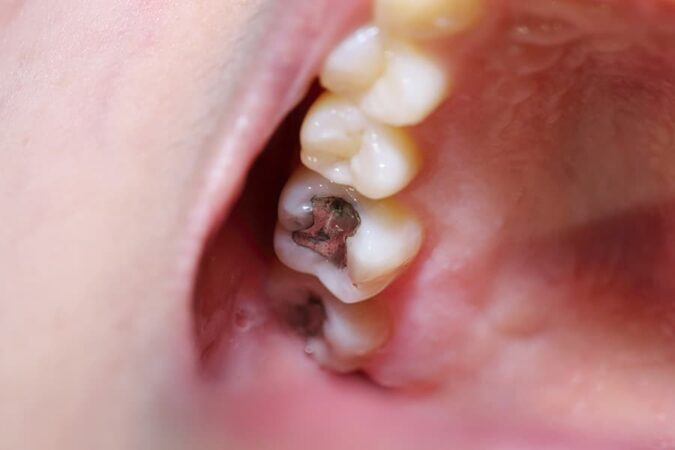
How long does a filling take? It’s a question that pops into many minds when facing a dental appointment. The answer, however, isn’t a simple one-size-fits-all. The time it takes to fill a cavity depends on several factors, from the type of filling to the complexity of the procedure.
Understanding these factors can help you better prepare for your appointment and manage your expectations. Let’s dive into the details of what influences the duration of a filling procedure.
Factors Influencing Filling Time

The duration of a dental filling procedure can vary depending on several factors, including the type of filling material, the size and location of the cavity, the complexity of the procedure, and the dentist’s experience.
Type of Filling Material
The type of filling material used can significantly affect the time required for the procedure. Composite fillings, which are tooth-colored and made of resin, generally take longer to place than amalgam fillings, which are silver-colored and made of a mixture of metals. This is because composite fillings require multiple layers of material and careful curing with a special light.
Size and Location of the Cavity
The size and location of the cavity also influence the time required for a filling. Larger cavities naturally take longer to prepare and fill than smaller cavities. Similarly, cavities located in difficult-to-reach areas, such as the back molars, may require more time and effort to access and fill.
Complexity of the Procedure
The complexity of the procedure can also affect the duration of the filling. For example, a filling that involves multiple teeth or a root canal may take longer than a simple filling.
Dentist’s Experience and Skill Level
The dentist’s experience and skill level play a crucial role in determining the time required for a filling. A more experienced dentist may be able to complete the procedure more efficiently, while a less experienced dentist may take longer to perform the same procedure.
Steps Involved in the Filling Process

The process of filling a tooth involves a series of steps, each contributing to the restoration of the tooth’s structure and function. Understanding these steps helps patients appreciate the complexity and time involved in the procedure.
Preparation
The initial step involves preparing the tooth for the filling. This includes:
- Anesthesia: The dentist will numb the area around the tooth using a local anesthetic. This step takes about 5-10 minutes, depending on the patient’s pain tolerance and the anesthetic used.
- Tooth Preparation: The dentist will remove any decayed or damaged tooth structure using a drill. This step can take anywhere from 5 to 20 minutes, depending on the extent of decay and the complexity of the preparation. The time also depends on the type of filling being placed, as some fillings require more extensive preparation than others.
- Cleaning: Once the tooth is prepared, the dentist will clean the area thoroughly to remove any debris. This step typically takes about 5 minutes.
Filling Placement
After the tooth is prepared, the dentist will place the filling material:
- Filling Material Selection: The dentist will choose the appropriate filling material based on the location, size, and function of the tooth. This step typically takes about 5 minutes, as the dentist needs to consider the patient’s preferences, the cost, and the durability of the material.
- Filling Placement: The dentist will carefully place the filling material into the prepared cavity, ensuring a tight and even fit. This step takes about 10-15 minutes, depending on the size and complexity of the filling. The time also depends on the type of filling being placed, as some fillings require more time and care than others.
- Curing: If the filling material is light-cured, the dentist will use a special light to harden the material. This step takes about 1-2 minutes.
Finishing, How long does a filling take
The final step involves shaping and polishing the filling:
- Shaping and Polishing: The dentist will shape the filling to match the contour of the tooth and polish it to a smooth finish. This step takes about 5-10 minutes, depending on the size and complexity of the filling. The time also depends on the type of filling being placed, as some fillings require more shaping and polishing than others.
- Bite Check: The dentist will check the patient’s bite to ensure that the filling does not interfere with their ability to chew. This step takes about 2-3 minutes.
Time Required for Each Step
The following table summarizes the typical time required for each step in the filling process:
| Step Name | Time Range | Factors Affecting Duration |
|---|---|---|
| Anesthesia | 5-10 minutes | Patient’s pain tolerance, anesthetic used |
| Tooth Preparation | 5-20 minutes | Extent of decay, complexity of preparation, type of filling |
| Cleaning | 5 minutes | – |
| Filling Material Selection | 5 minutes | Patient’s preferences, cost, durability of material |
| Filling Placement | 10-15 minutes | Size and complexity of filling, type of filling |
| Curing | 1-2 minutes | – |
| Shaping and Polishing | 5-10 minutes | Size and complexity of filling, type of filling |
| Bite Check | 2-3 minutes | – |
General Time Estimates

While the factors discussed earlier significantly influence the time required for a filling, it’s helpful to have a general idea of how long different types of fillings might take. These estimates provide a starting point for understanding the typical time range for various procedures, but remember that individual variations can impact the actual time spent.
Typical Time Ranges for Different Filling Types
The following table provides estimated time ranges for common filling types. It’s important to remember that these are just estimates, and the actual time can vary depending on individual factors.
| Filling Type | Typical Time Range | Potential Variations |
|---|---|---|
| Simple Filling (Amalgam or Composite) | 15-30 minutes | Smaller fillings may take less time, while larger fillings may take longer. The complexity of the tooth and the presence of decay can also influence the time. |
| Complex Filling (Composite or Inlay/Onlay) | 30-60 minutes | The time required for these fillings can vary significantly depending on the size and complexity of the restoration. Additional steps, such as taking an impression for a custom-made filling, can also add to the time. |
| Root Canal Filling | 45-90 minutes | The time required for a root canal filling depends on the complexity of the procedure, the number of canals involved, and the location of the tooth. Some root canals may be completed in a single appointment, while others may require multiple appointments. |
Additional Considerations
While the filling process itself might take a relatively short amount of time, several factors can influence the overall appointment duration. These factors extend beyond the filling procedure itself and encompass elements like anesthesia, post-procedure care, and potential complications.
Anesthesia and Post-Procedure Care
The use of anesthesia, whether local or nitrous oxide, can impact the overall appointment time. Local anesthesia takes time to take effect, and the patient might need to wait a few minutes before the procedure begins. Additionally, the post-procedure care, which includes instructions on managing pain and potential complications, can also add to the appointment duration. For instance, the dentist might recommend using an ice pack or taking pain medication, and this information needs to be communicated to the patient, which takes time.
Potential Complications
While rare, complications can occur during or after a filling procedure. These complications might require additional time for treatment, diagnosis, or management. For example, if the tooth is cracked or fractured, the dentist might need to perform additional procedures like a crown or root canal, significantly extending the appointment time.
Patient Communication and Understanding
Effective communication between the patient and the dentist is crucial for a successful and efficient appointment. This includes understanding the procedure, the expected duration, and any potential risks or complications. Open communication allows the patient to ask questions and address concerns, contributing to a more comfortable and informed experience. For example, if a patient is anxious about the procedure, the dentist might take additional time to explain the steps and answer questions, ensuring the patient feels at ease.
Last Recap
While the duration of a filling can vary, understanding the factors involved helps demystify the process. From the type of filling to the dentist’s experience, each element plays a role in determining the overall appointment time. Open communication with your dentist ensures a smooth and comfortable experience, allowing you to ask any questions you might have about the procedure and its duration.
Answers to Common Questions: How Long Does A Filling Take
What is the most common type of filling?
Composite fillings are the most common type, known for their tooth-colored appearance and ability to bond directly to the tooth.
Do fillings hurt?
The procedure is typically performed with local anesthesia, minimizing discomfort. You may experience some sensitivity after the filling is placed, but this usually subsides within a few days.
How long do fillings last?
The lifespan of a filling depends on factors like the type of filling, oral hygiene, and diet. With proper care, fillings can last for several years.





